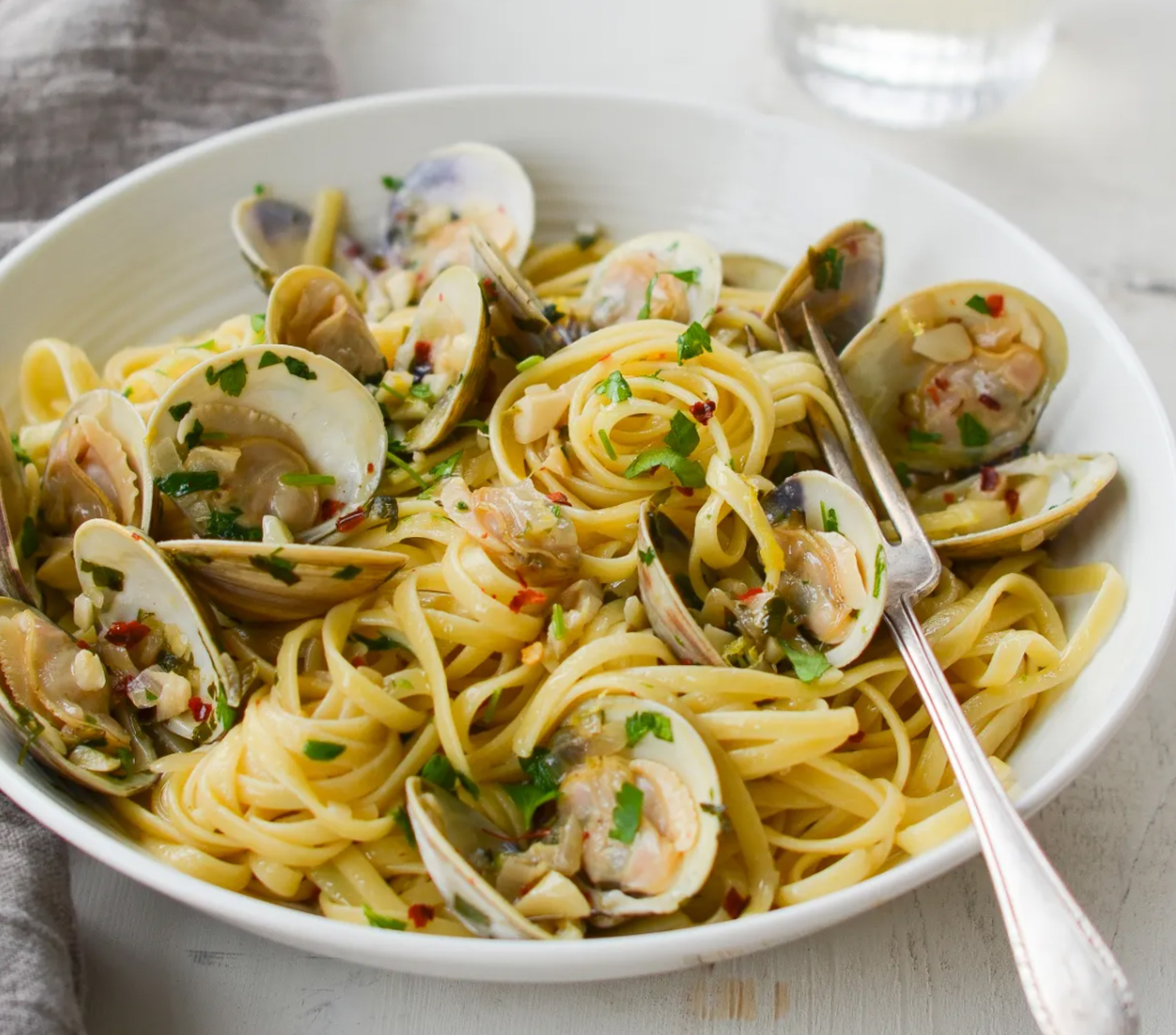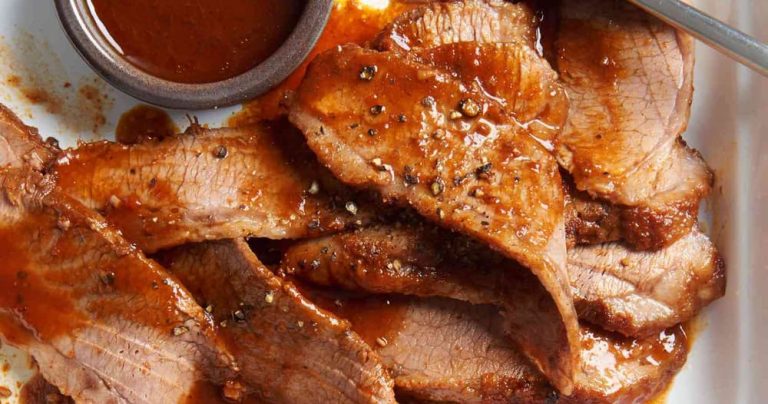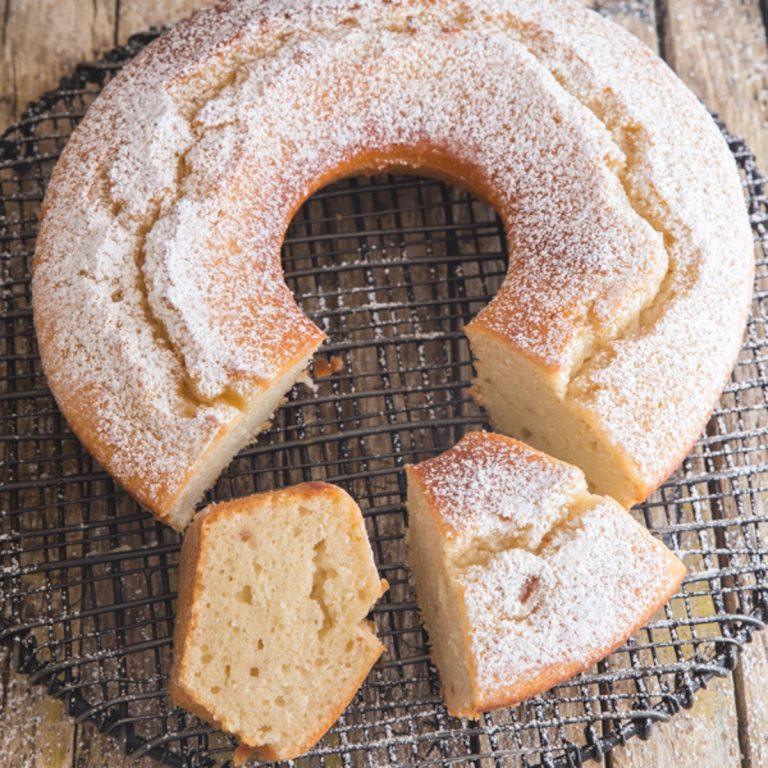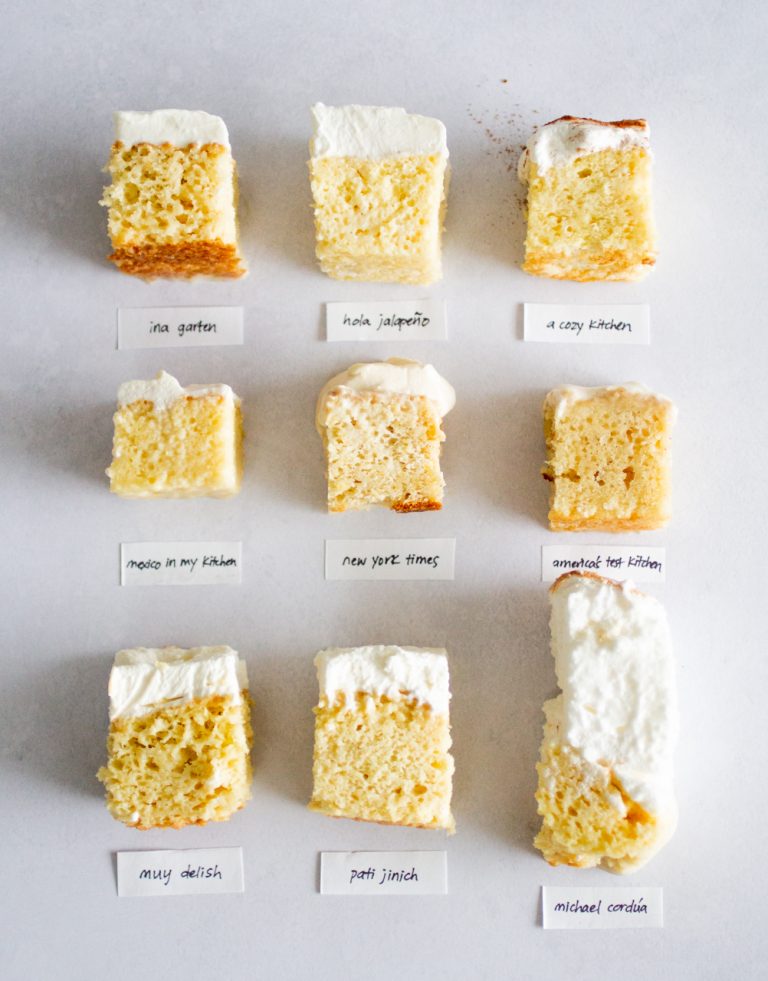Linguine With White Clam Sauce: History, Recipe, Variations, and Pairings
Linguine with white clam sauce originated in the coastal regions of Italy. Known for its simple ingredients and robust flavors, this dish quickly gained popularity among locals. Fresh clams, often harvested daily by fishermen, were first used to create a broth. Over time, garlic, olive oil, and white wine were added, enhancing the sauce’s complexity. By the mid-20th century, Italian immigrants introduced the dish to the United States, where it became a staple in Italian-American cuisine.
Cultural Significance
Linguine with white clam sauce is more than just a meal; it’s a celebration of Italian coastal life. Often served during familial gatherings, it symbolizes community and tradition. In Italy, the dish is synonymous with holidays like Christmas Eve, particularly among the regions bordering the Mediterranean. In the United States, its popularity has continued to rise, featured prominently in restaurants and home kitchens alike. This dish represents the melding of Italian culinary heritage with American food culture.
Key Ingredients in Linguine With White Clam Sauce
Choosing the Right Clams
Clams form the essence of linguine with white clam sauce. It’s crucial to use fresh, high-quality clams for the best flavor. Littleneck clams, known for their tender meat and sweet flavor, are often preferred. Each clam must be thoroughly rinsed to remove sand and debris, ensuring a clean, grit-free sauce. If fresh clams aren’t available, canned clams make a suitable alternative. Use their juice as well for added flavor. Clams should be steamed just until they open, as overcooking can make them tough and rubbery.
Types of Pasta Suitable for the Sauce
Linguine is the classic pasta choice for this dish due to its flat, ribbon-like shape that holds the sauce well. If linguine isn’t available, other long pasta like spaghetti or fettuccine can be used. Fresh pasta adds a different texture and absorbs the sauce more effectively, while dried pasta provides a firmer bite. Cooking the pasta al dente ensures it won’t become mushy when mixed with the sauce. Consistently stirring during cooking helps achieve even doneness and allows the pasta to better integrate with the clam sauce.
Cooking Techniques for Perfect Linguine With White Clam Sauce
Preparing the Clams
Use fresh clams to ensure the best flavor. Rinse them under cold water to remove sand and debris. Discard any that are open and don’t close when tapped. Soak clams in salted water for 20 minutes to expel any remaining sand. While the clams soak, chop garlic and fresh parsley for the sauce.
Saucing Techniques
Use high-quality olive oil for a rich base. Sauté the garlic until it’s golden, then add white wine to deglaze. Include red pepper flakes for a subtle heat. Once the wine reduces, add the clams and cover the pot. Cook for 5-7 minutes until the clams open, then discard any that remain closed. Add cooked linguine directly to the pan, tossing to coat in the sauce. Garnish with parsley and a squeeze of fresh lemon juice.
Variations of Linguine With White Clam Sauce
Regional Twists
Regional variations of linguine with white clam sauce highlight unique flavors and ingredients across different areas. In Liguria, you might find the dish enriched with a splash of pesto, adding a distinctive herbal note. In Naples, tomatoes are often included in the sauce, creating a delightful blend of white and red clam sauces. Further south in Sicily, the dish may feature capers and olives, providing a briny counterpoint to the sweet clams. These regional twists showcase the adaptability of the recipe while maintaining the core flavors of clams, garlic, and olive oil.
Vegan and Gluten-Free Alternatives
You can enjoy linguine with white clam sauce even with dietary restrictions by using specific alternatives. For a vegan version, substitute clams with mushrooms, such as oyster or shiitake, which provide a similar umami flavor. Vegan butter or olive oil can replace traditional butter, while vegetable broth stands in for clam juice. For a gluten-free version, use gluten-free linguine, available in most grocery stores, ensuring the texture and taste remain similar. These adaptations make the dish accessible to a broader audience without sacrificing its savory essence.
Pairing Suggestions
Wine Pairings
Pairing wine with linguine and white clam sauce enhances the dish’s flavors. Crisp white wines like Pinot Grigio and Sauvignon Blanc complement the clams’ briny taste, creating a balanced dining experience. If you prefer a fuller-bodied wine, Chardonnay, especially unoaked varieties, provides a smooth, slightly buttery contrast to the garlic and olive oil in the sauce. For those who enjoy sparkling options, a dry Prosecco adds effervescence that refreshes the palate.
Side Dishes
Selecting the right side dishes can elevate your meal. Garlic bread, lightly toasted with a drizzle of olive oil, pairs perfectly with the saucy linguine, allowing you to savor every drop. A simple green salad with a tangy vinaigrette adds a refreshing counterpoint to the rich clam sauce. Steamed vegetables like broccoli or asparagus offer both texture and nutritional balance. If you’re in the mood for something heartier, roasted potatoes seasoned with rosemary add a comforting, rustic touch to your plate.
Conclusion
Linguine with white clam sauce is a timeless dish that brings together the rich flavors of coastal Italy with the warmth of Italian-American tradition. By using fresh ingredients and simple cooking techniques, you can create a meal that’s both elegant and comforting. Whether you’re exploring regional variations or adapting the recipe to suit dietary preferences, this dish offers endless possibilities.
Pairing it with the right wine and side dishes can further enhance your dining experience, making it perfect for any occasion. So next time you’re planning a special meal, consider linguine with white clam sauce—it’s sure to impress and satisfy.






